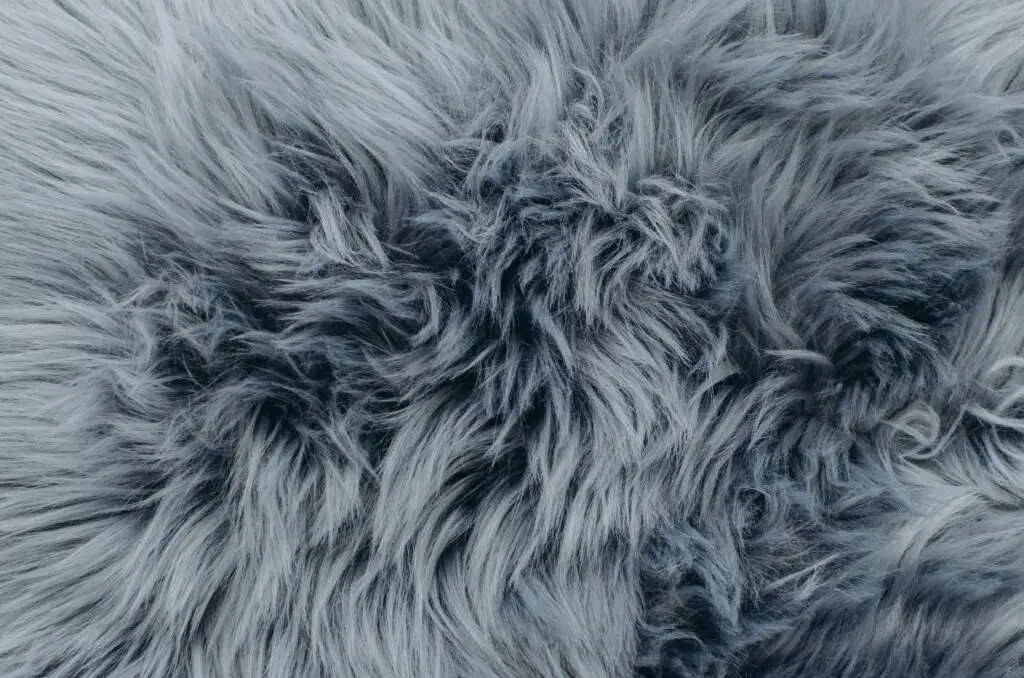
It’s all very well to learn good basic sewing skills, but when it comes down to it, some fabrics are difficult and just don’t want to behave.
How can you get these difficult fabrics to cut, fold and run through your machine the way they should?
We take a look at some basic checks to make before you start and then give some handy tips on sewing difficult fabrics together.
Things to Check
Before you decide that a particular piece of fabric is too difficult to work with, there are a few things you should check:
- Thread tension – adjust this up and down until you find a place where it works.
- Speed – simply speeding up or slowing down your machine is often enough to make things run smoothly.
- Cleanliness – sometimes dust or adhesive residue on fabric or equipment is the real cause of the problem.
Fragile Fabrics
Some fabrics are so delicate that it’s difficult to work with them without them tearing. Use long-bladed scissors to cut fabric like this and try cutting along the edge of a heavy ruler to minimise stress to the rest of the material. Sometimes you will get better results when the fabric has been soaked in lukewarm water.
When sewing with fabric like this, use strips of starched backing fabric underneath the seams to give it extra resilience as it passes through your machine. These are easy to pick off again afterwards. Use a sharp, fine needle and let hems take on a rounded shape rather than trying to press them flat. Use the smallest possible number of pins.
Thick Fabrics
If you have difficulty cutting through a piece of thick fabric like leather or furniture-grade PVC with scissors, place it over a piece of wood and cut it with a craft knife instead. Do this underside-up, so that you don’t scratch the surface if you slip. Rather than folding for storage, roll it up as you might roll a poster. This will keep permanent creases from forming. Some such fabrics don’t need to be edged at all; with others, rather than folding to form a hem, simply use a double row of small, close stitches.
Thick fabrics should be sewn using a heavy, leather-grade needle; needles that are too fine will simply snap. Make sure the thread you use is strong enough to cope. Finishings should be done by hand. This can require quite a bit of strength, so it’s best to experiment before you take on a big project.
Slippery Fabrics
Some fabrics just won’t stay in place as you sew them. In this case, it’s a good idea to sandwich them between layers of tissue paper to stop them from sliding about. Using a sharp needle will help to keep it from sliding and will also help avoid tugs that could damage the look of a smooth surface.
Tacking by hand is more effective than pinning when it comes to preparing seams and hems on shiny fabric. This approach will help to prevent distortion in the finished item. Be careful how you arrange the weight of the fabric when you’re sewing so that it doesn’t suddenly pull away from you.
Furry Fabrics
Furry fabrics can be difficult to sew because of the way their long fibres get tangled up with your stitches. To work around this, brush them with a soft hairbrush before you begin, making sure all the fibres are lying in the same direction. Sew with the underside of the fabric uppermost, but draw it through so the fibres remain flat and pointing as you arranged them, parallel to your stitches.
Because most furry fabrics have quite a fragile base, it’s best to use a double row of stitches for every seam. Use long stitches and a coarse thread that will grip the fabric securely.
